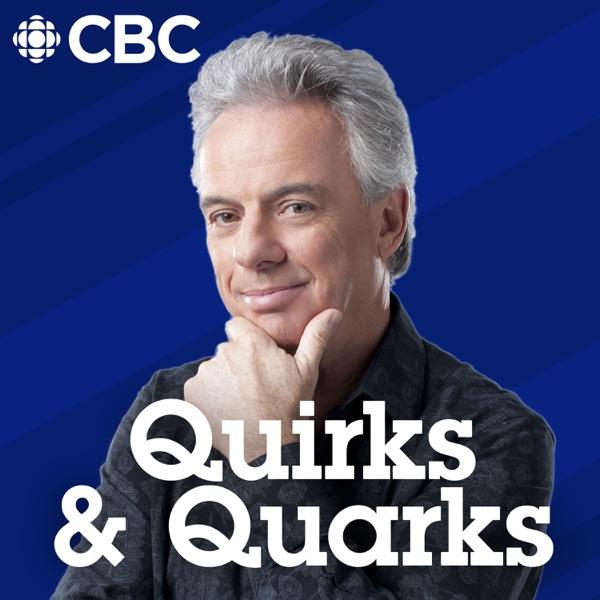
CBC Radio's Quirks and Quarks covers the quirks of the expanding universe to the quarks within a single atom... and everything in between.
CBC Radio's Quirks and Quarks covers the quirks of the expanding universe to the quarks within a single atom... and everything in between.

Nobel in Medicine for a leash on our immune system
Our immune system has enormous power to defend us against the wide range of pathogens and invaders that nature sends at us. But it’s a double-edged sword, and can target its powerful weapons against us as well. This year’s Nobel prize in Medicine or Physiology went to a group who discovered a critical mechanism that keeps the immune system in check, under normal circumstances, giving them new insights into the diseases that occur when it goes wrong.
Yogurt with a creepy-crawly secret ingredient
A team of researchers has duplicated an ancient recipe for yogurt that uses a unique ingredient to initiate fermentation: ants. They added squished ants to fresh milk, buried it in an anthill to incubate it, and enjoyed zesty yogurt soon after. A microbiological analysis showed that the ants contributed a bacteria to the yogurt that is also present in sourdough starter.
An ancestor of the largest dinosaurs was a dog-sized biped
Researchers have discovered a 230 million year old fossil high in the Andes of Argentina that is the precursor to the giant, long-necked sauropod dinosaurs like the iconic brontosaurus. This animal, however, is a two-legged herbivore that likely weighed less than 20 kilograms.
Nobel in Physics for making particles ghostly
Quantum tunneling is a strange phenomenon in which subatomic particles can pass through apparently impenetrable objects like magic. This year’s Nobel prize in physics was awarded to a team that discovered that this strange quantum phenomena can happen on larger scales too, and this has been exploited in all sorts of modern technology, including quantum computers.
Neanderthals systematically rendered fat from animal bones
Scientists think that the fragmented bones of hundreds of animals discovered at a neanderthal site in Germany represent the remains of a large-scale processing site where they extracted nutritious and useful fat. This could be used for a range of things, from skin protection to preserving meat similar to pemmican.
Moose are hot. Are they bothered?
During the fall rut moose, particularly the males, are very active searching for mates and competing with rivals. This activity generates a large amount of heat, which could be a problem as moose don’t sweat. Scientists are investigating if, in a warmer climate, this might be interfering with their reproductive success.